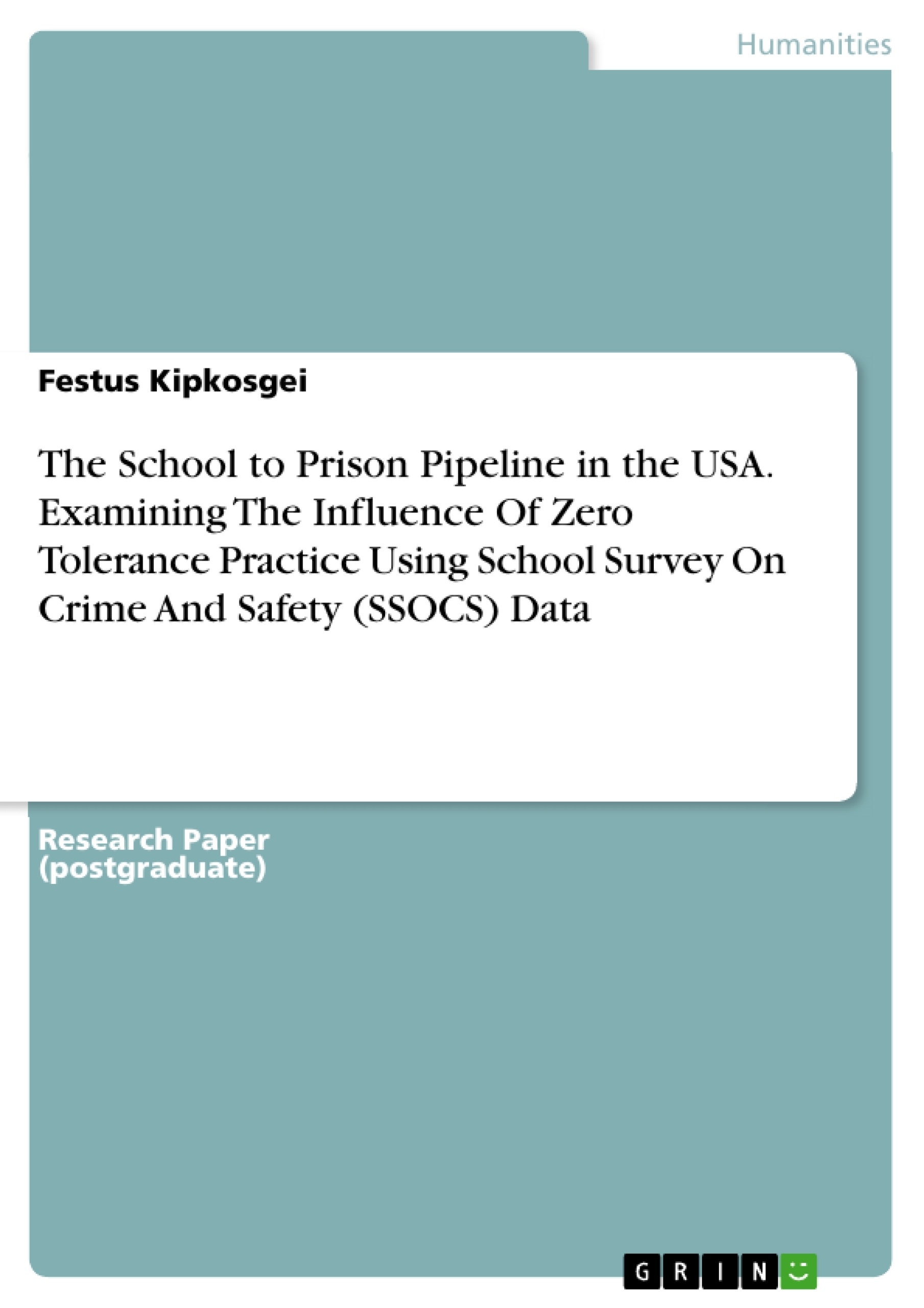Keeping students safe in school have been an issue of concern in the country over the past decade. School officials have continued to deliberate on best ways to keep the students safe including putting of police officers in schools. Insecurity might be thought to be caused by external perpetrators, but it is also possible that students can be the agents of insecurity. Thus, police presence in the schools can significantly improve then the level of security.
Jason Nance through an empirical analysis stated that increasing police officers presence at school will significantly increase the odds that a school will refer students to law enforcement for offenses including the lower-level offenses. The laws put in place by the school administration so as to ensure security prevails in the school may determine the level of discipline of its students. While the governments have continuously conducted researches and surveys targeting to inform the public about the safety of the student.
Less have been done regarding determining which can be the best school policies that should be put forward so as to reduce the crime rates amongst the students. In considering the different strategies for promoting safe and productive school environments, it has been difficult to know what works better and what doesn’t. Zero tolerance in schools has been an issue of concern for both the government and the school administrators. In particular, longstanding debates about zero tolerance policies leave many people confused about the basic facts (Jacob K Brown et al., 2013).
The goal of this research project is to collect secondary data from the U.S National Center for Educational Statistics about School Survey on Crime and Safety (SSOCS) that was conducted in the fall of 2010 school holiday.
My main objective is to use this data to conduct an in-depth research using survey data collected from school principals to compare outcomes of programs with and without zero tolerance policies and practices.
To analyze this objective, I am going to use different statistical computations that assess the relationship between the number of crimes occurring in a school and the type of punishment passed for different crimes. Some of the statistical calculations I will employ include correlation analysis, logistic regression, multiple regression and tests based on the comparison of means.
Table of Contents
Executive Summary
Background Of The Study And Significance
Analysis Of Zero Tolerance Policies
Justification for zero-tolerance practices.
Critiques Of Zero-Tolerance Policies
Research Questions
Significance Of The Study
Research Design And Methods
Specific Aim
Subjects
Procedures
Recruitment
Data Collection Phase
The mail-Stage
Data collection
The follow-up session
Survey instruments
Personal information
School Practices and Programs
Parent and community involvement at school
School security
Staff training
Limitations on Crime Prevention
Frequency of Crime and Violence at School
Number of incidents
Disciplinary Problems and Actions
School characteristics
Data analysis strategy
Descriptive statistics
Correlation analysis
Logistic regression
T-test
Dealing with Missing data
Confidentiality
References
- Quote paper
- Festus Kipkosgei (Author), 2010, The School to Prison Pipeline in the USA. Examining The Influence Of Zero Tolerance Practice Using School Survey On Crime And Safety (SSOCS) Data, Munich, GRIN Verlag, https://www.grin.com/document/314341
-

-

-

-
Upload your own papers! Earn money and win an iPhone X. -

-
Upload your own papers! Earn money and win an iPhone X. -

-
Upload your own papers! Earn money and win an iPhone X. -

-
Upload your own papers! Earn money and win an iPhone X. -

-
Upload your own papers! Earn money and win an iPhone X. -

-
Upload your own papers! Earn money and win an iPhone X. -

-
Upload your own papers! Earn money and win an iPhone X.

